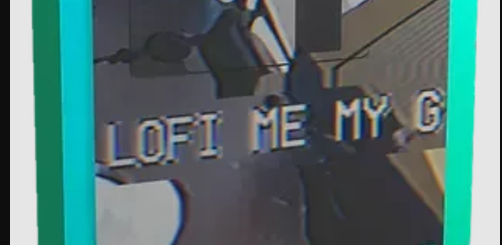Polarity Music Too Lazy For Notes Bitwig Project (Premium)

Polarity Music Too Lazy For Notes Bitwig Project Free Download Latest . It is of Polarity Music Too Lazy For Notes Bitwig Project free download.
Polarity Music Too Lazy For Notes Bitwig Project Overview
In this Bitwig tutorial, we explore an interesting approach to music creation:
This approach in Bitwig allows for creative and unconventional music creation without relying on traditional note input methods.
•Starting with Polymer Synthesizer: We begin by inserting a Polymer synthesizer on an instrument track.
•Using Node Grid for Monophonic Mode: Instead of traditional nodes, we utilize a node grid in monophonic mode, deleting node inputs.
•Pitch and Ratio Selection: A pitch is selected randomly (e.g., D#3), and additional nodes are created, each using a ratio of the previous node.
•Step Modulation for Variation: We apply step modulation, setting it to five steps and randomizing to modulate the denominator. This creates a polyrhythm effect.
•Trigger and Head Sounds Generation: By comparing pitch to a delayed pitch using a comparator, we generate triggers for creating head sounds.
•Reverb Addition and Sequencing: A reverb is added for depth. We then sequence the notes using a node receiver and ARP, adjusting steps and octave changes.
•Quantizing and Second Polymer Synthesizer: Post-quantization, a second Polymer is introduced, using step modes for varied settings.
•FX: Convolution and Delay: In the FX track, convolution and delay are applied for textural enhancement.
•Inverting Pitches with Node Grid: A second node grid inverts pitches and quantizes them, aligning with the correct scale.
•Chords and Multiple Voices: We use multiple voices for chords, and an octaver to adjust pitches.
•Project Demonstration: The tutorial concludes with a demonstration of the project, highlighting the ease of generating notes using the node grid without a piano roll. The technique draws inspiration from the subharmonic method used in Moog synthesizers.




